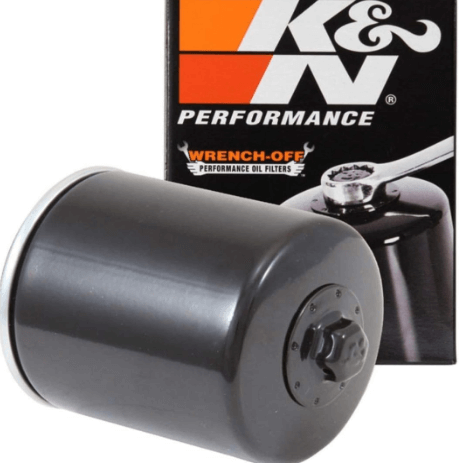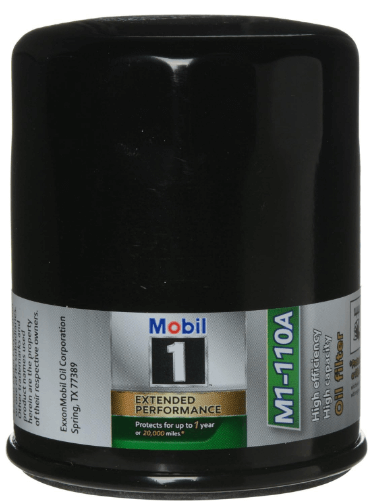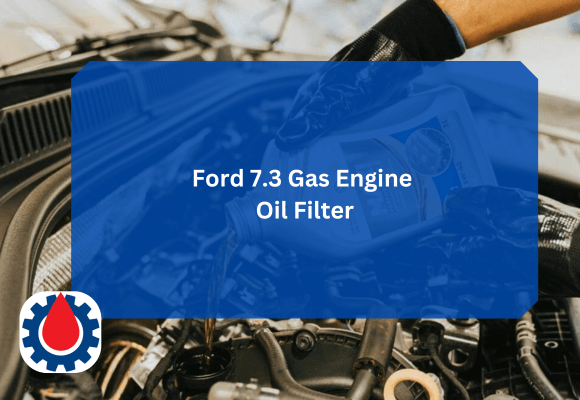An oil filter may seem like a small component, but it plays a massive role in keeping your bike’s engine clean, cool, and properly lubricated. Without a high-quality filter, even the best oil can’t do its job.
In this post, we’ll break down everything from how oil filters work to the best types for your Harley, and why replacing them on time is essential to engine performance.
Harley Oil Filter
1. K&N KN-171B

- High-Flow Synthetic Media – Allows excellent oil flow while filtering out 99% of harmful contaminants.
- Wrench-Off Nut Design – Easy to remove with a standard wrench.
- Heavy-Duty Build – Great for high-performance and long-distance rides.
2. Hiflofiltro HF171C

- Budget-Friendly OEM Alternative – Meets or exceeds OEM specifications at a lower price.
- TUV-Certified – Ensures quality and performance standards.
- Perfect Fit – Easy to install with precise threading and gasket sealing.
3. Mobil 1 M1-110A

- Synthetic Fiber Blend Media – Offers long-lasting filtration and extended drain intervals.
- Withstands High Temperatures – Ideal for riders in hot climates or heavy traffic.
- Trusted Brand Name – Backed by Mobil’s reputation in automotive lubrication.
Related Harley Davidson Engine Oil Capacity Chart(Model A to Z)
What Does a Harley Oil Filter Do?
An oil filter’s job is to remove contaminants from engine oil, tiny particles of metal, carbon, and dirt that accumulate over time. These impurities can damage engine components, reduce efficiency, and shorten the engine’s life. The Harley oil filter acts as a gatekeeper, allowing clean oil to circulate and protecting moving parts from wear and tear.
When riding a Harley, especially during long road trips or in dusty environments, the oil filter works harder than ever. It catches debris while allowing oil to flow at the proper rate, ensuring your engine stays healthy no matter the conditions.
Related Engine Oil Filter Comparison Chart(7 Best Oil Filters 2025)
Different Types of Harley Oil Filters
1. Standard Spin-On Filters
These are the most widely used oil filters and come with a steel canister and internal filter media. They’re easy to replace and compatible with most Harley models.
2. High-Performance Filters
Designed for high RPMs and extended riding, performance filters have better filtration efficiency and flow rates. Riders who go on long-distance cruises or ride hard should opt for this type.
3. Magnetic Filters
These have built-in magnets that capture ferrous particles from the oil. They offer an extra layer of protection for your engine, although they tend to be pricier.
4. Reusable Oil Filters
Made of stainless-steel mesh, these can be cleaned and reused, making them eco-friendly and cost-effective over time. However, they require thorough cleaning and inspection after every oil change.
Related Clearview Filtration Engine Oil Filter(Comprehensive Guide)
OEM vs Aftermarket Harley Oil Filters
OEM Filters
- Manufactured by or for Harley-Davidson
- Guaranteed compatibility
- Usually priced higher
- Come with a dealership warranty
Aftermarket Filters
- Produced by third-party manufacturers like K&N, Hiflofiltro, or Mobil 1
- Often more affordable
- May offer enhanced performance
- Requires research to ensure proper fit
If you’re unsure, the OEM filter is always a safe bet, but experienced riders often find that aftermarket options can offer equal or better performance at a lower price.
How Often Should You Replace Your Harley Oil Filter?
The frequency of oil filter replacement depends on several factors, including engine size, oil type, and riding conditions. However, a good general rule is:
- Every 3,000 to 5,000 miles if using conventional oil
- Every 5,000 to 7,000 miles with synthetic oil
- Every oil change, regardless of mileage
Neglecting to replace the filter can lead to clogged media, reduced oil flow, and premature engine wear.
Related Cummins Engine Oil Filters(Top 3 Best 2025)
Signs Your Oil Filter Needs Replacing
- Engine Overheating – Dirty oil struggles to flow, increasing engine temperature.
- Decreased Performance – Sluggish throttle response and rough idling.
- Oil Pressure Warning Light – Signals a drop in oil pressure due to blockage.
- Dirty or Dark Oil – If oil looks like sludge, your filter isn’t doing its job.
How to Change a Harley Oil Filter(DIY)
Changing your Harley’s oil filter is a straightforward process that can be done in under an hour. Here’s a step-by-step guide:
Tools & Materials
- New oil filter (OEM or aftermarket)
- Oil filter wrench
- Drain pan
- Shop rags
- New engine oil
- Funnel
Step-by-Step Process
- Warm Up the Engine: Let the bike run for 5-10 minutes to warm the oil.
- Place Drain Pan: Position under the oil drain plug and filter area.
- Remove Old Filter: Use the oil filter wrench to unscrew the old filter.
- Drain the Oil: Remove the oil drain plug and let all the oil drain out.
- Install New Filter: Lubricate the rubber gasket on the new filter with a bit of oil. Screw it in by hand until snug.
- Refill Oil: Reinsert the drain plug, add new oil via funnel, and check levels.
- Run Engine & Check Leaks: Start the bike, check for leaks, and recheck the oil level.
Related How Tight Does an Oil Filter Need To Be(Avoid This Mistake)
Why Using a Quality Harley Oil Filter Matters
The consequences of skimping on oil filter quality can be costly. A low-quality filter may:
- Fails to trap contaminants effectively
- Allow oil to bypass the filtration media
- Collapse under pressure
- Causes long-term engine wear
In contrast, investing in a high-grade Harley oil filter gives you peace of mind and maximizes engine life. It also ensures that your oil does its job correctly, lubricating, cooling, and cleaning internal engine parts.
Final words
Your Harley-Davidson is a prized possession that deserves top-notch care. While it’s easy to focus on aesthetics and accessories, it’s the hidden components like the Harley oil filter that truly keep your ride alive and kicking.




